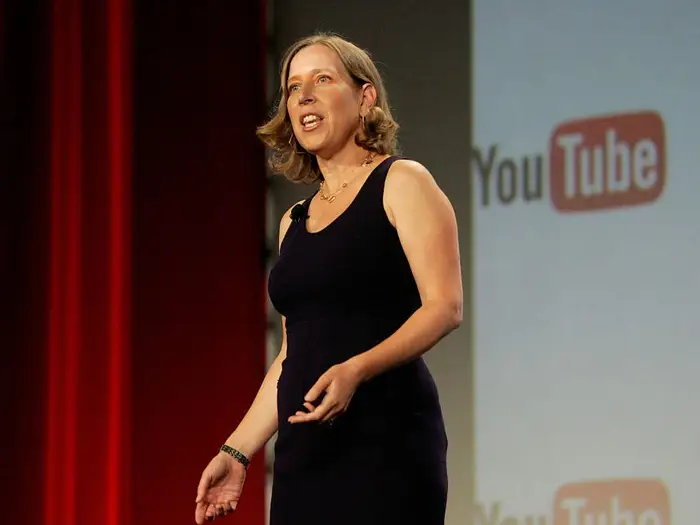The 10 unhappiest states in the US, ranked
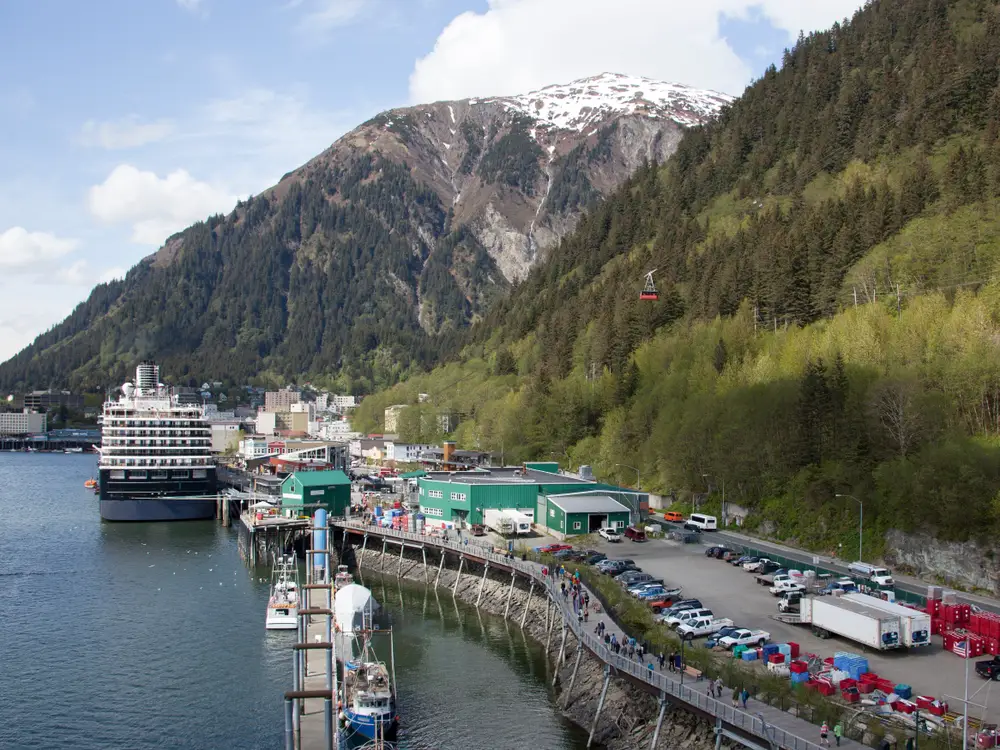
Alaska’s lowest ranking was for workplace environment.
While it’s hard to articulate exactly what happiness means to everyone, one of WalletHub’s most recent studies aimed to do just that: measure and compare the population’s happiness across states.
The personal-finance outlet compared the 50 states using three categories: emotional and physical well-being, work environment, and community and environment. These categories were quantified using a total of 30 metrics, including life expectancy, share of adult depression, commute time, unemployment, and divorce rate.
To do so, they pulled data from the US Census Bureau, the Bureau of Labor Statistics, the Centers for Disease Control and Prevention, the Sharecare Community Well-Being Index, AmeriCorps, and more.
From WalletHub’s final list, B-17 pulled the 10 lowest-ranked states to identify the 10 unhappiest.
WalletHub analyst Chip Lupo told B-17 that the unhappiest states in the country are “mostly rural low-income states, several in the Deep South where there’s not just in terms of happiness, but in other economic and socioeconomic areas where this part of the country, and these states particularly, rank pretty lowly.”
From Alaska to Louisiana, here are the unhappiest states in the country.
10.Kentucky
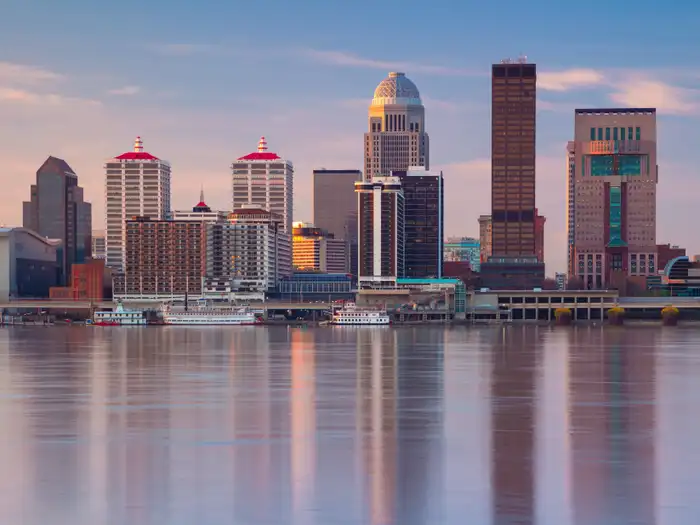
Kentucky ranked in the bottom 10 states for emotional and physical well-being and work environment.
Kentucky was ranked the 10th-unhappiest state in the US, receiving bottom-10 rankings for emotional and physical well-being and work environment.
According to the CDC’s Behavioral Risk Factor Surveillance System 2022, 25.8% of adults in Kentucky reported being diagnosed with a depressive disorder — that’s nearly 4% higher than the national average of 21.7%. Residents of the “Bluegrass State” also have one of the lowest life expectancies at birth in the country, at 73.5 years, the CDC’s National Center for Health Statistics reported in 2020.
Meanwhile, the US Census Bureau’s 2023 American Community Survey (ACS) one-year estimates reported that the employment rate in the state was about 3% lower than the national rate, at 57.4% compared to 60.6%.
However, while these rankings are particularly low, Kentucky scored highly for its community and environment, finishing 16th overall.
9.Mississippi
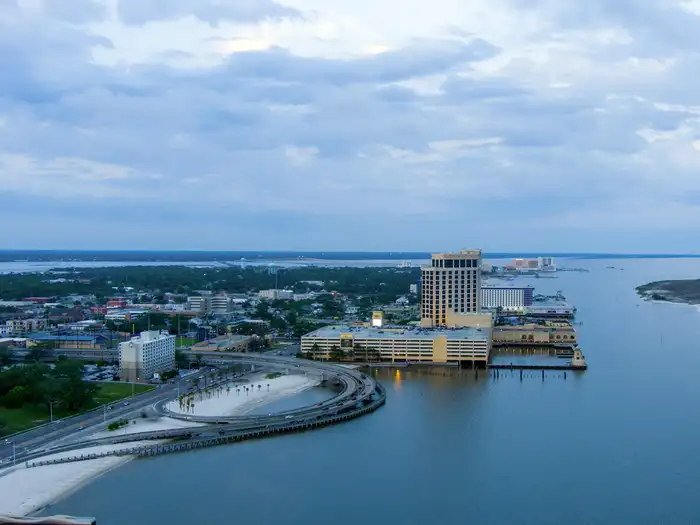
Mississippi’s lowest rank was for emotional and physical well-being, finishing 41st.
Mississippi also ranked in the bottom 10 states for emotional and physical well-being and work environment, finishing 41st and 40th, respectively.
Mississippi natives have the lowest life expectancy at birth in the country, at 71.9 years. WalletHub also reported that the state has the lowest sports participation rate in the country.
Employment rates in the “Magnolia State” are well below the national average of 60.6%, too, with the Census reporting that Mississippi’s employment rate is 54.3%. Employees in Mississippi also tend to work longer hours than the national average, working a mean of 39.5 hours weekly — men in the state work an average of 41.7 hours — compared to the national 38.6.
The state ranked 35th for community and environment, with the second-lowest volunteer rate in the country. According to the Census’ 2022 ACS five-year estimates, 12.3% of women and 10.5% of men in the state are divorced.
8.Oklahoma
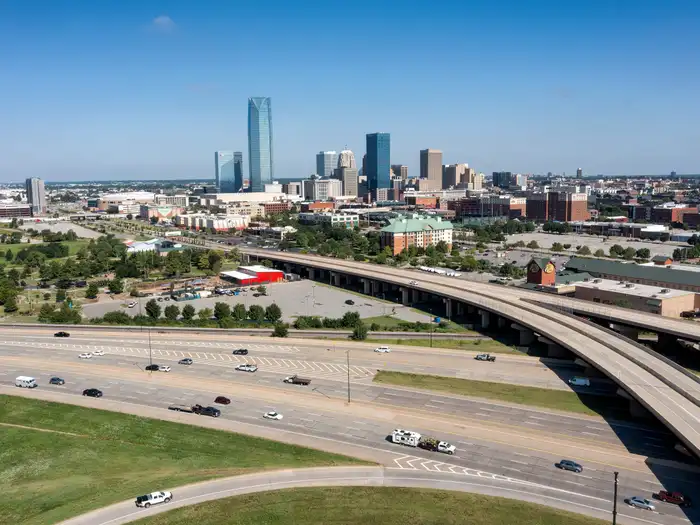
Oklahoma had the fifth-highest community and environment rank.
The “Sooner State” received its lowest ranking for emotional and physical well-being, finishing 48th overall.
Nearly 27% of adults in Oklahoma reported being diagnosed with a depressive disorder — one of the highest rates in the country — and life expectancy at birth is below the national average at 74.1 years.
However, Oklahoma had a very high ranking for community and environment, finishing fifth overall despite an average volunteer rate (27th among all states) and 13.9% of women and 11.7% of men being divorced.
7.Alabama

Alabama ranked 42nd in both emotional and physical well-being and community and environment.
Alabama placed in the bottom 10 states for emotional and physical well-being and community and environment, finishing 42nd in both categories.
State natives have one of the lowest life expectancies at birth in the country, at 73.2 years, and also report above-average rates of depression, with 24% of adults reporting being diagnosed with a depressive disorder.
Digital health company Sharecare’s “Community Well-Being Index” found that Alabama is one of the five lowest-ranked states for social determinants of health, which considered factors like healthcare, food, and resource access, economic security, and housing and transportation. The state also has one of the lower volunteer rates in the country at 27.4%.
Meanwhile, Alabama’s best category was work environment, where it finished 33rd overall. Workers spend an average of 25.5 minutes commuting — which is less than the national average of 26.8 minutes — and they’re almost on par with the mean number of hours worked weekly at 39 compared to the national 38.6.
6.Alaska

Alaska’s lowest ranking came for workplace environment.
Alaska’s lowest ranking — 48th — was for work environment, as it has the highest number of work hours and the lowest income growth in the country.
Workers in Alaska work a mean of 41.6 hours weekly, with men working 44.9 hours weekly. This could be a result of the higher percentage of physical labor jobs in Alaska, as 5.3% of the state’s industry is in agriculture, forestry, fishing and hunting, and mining (that’s just 1.6% of the national industry).
“The Last Frontier” had a mid-tier emotional and physical well-being ranking, finishing 33rd, thanks in part to its average life expectancy (76.6 years) and adult depression rates (20.3%)
5.New Mexico

New Mexico received its highest ranking, 24th, for community environment.
New Mexico was ranked the fifth-unhappiest state in the country, with bottom-10 rankings for emotional and physical well-being and work environment.
The state ranked 47th overall for work environment, with an employment rate of 55% — more than 5% below the national rate — and the second-to-worst economic security ranking from Sharecare’s “Community Well-Being Index.”
Sharecare’s index also ranked New Mexico in the bottom five states for social, physical, and community well-being.
One bright spot for the “Land of Enchantment” was its community and environment rank. It finished 24th overall despite having the highest percentage of divorced adults — 14.9% of women and 11.4% of men — and a lower volunteering rate.
4.Tennessee

Tennessee’s lowest ranking was for emotional and physical well-being.
Tennessee received a mix of medium-to-low rankings, the highest of which was in work environment (24th) and the lowest being in emotional and physical well-being (46th).
The state’s employment metrics all fell close to national averages, with the employment rate at 59.9%, the average commute time at 26.3 minutes, and the mean usual hours worked at 39.1 weekly.
Lupo noted that Tennessee’s higher work environment “makes sense, to a degree, because Nashville is a thriving city. There’s plenty of jobs and plenty of opportunities there, but it’s offset by a lot of the rural outlets there.”
Meanwhile, the state’s low emotional and physical well-being ranking was tied to it having the worst share of adult depression in the country at 29.2% and one of the lower life expectancies at 73.8 years.
The state’s mixed rankings are particularly interesting given its recent influx of movers; the US Census Bureau and the University of Tennessee Knoxville’s State Data Center reported that the state’s population grew by more than 82,000 people in 2022 — the largest annual population growth since 2007.
3.West Virginia
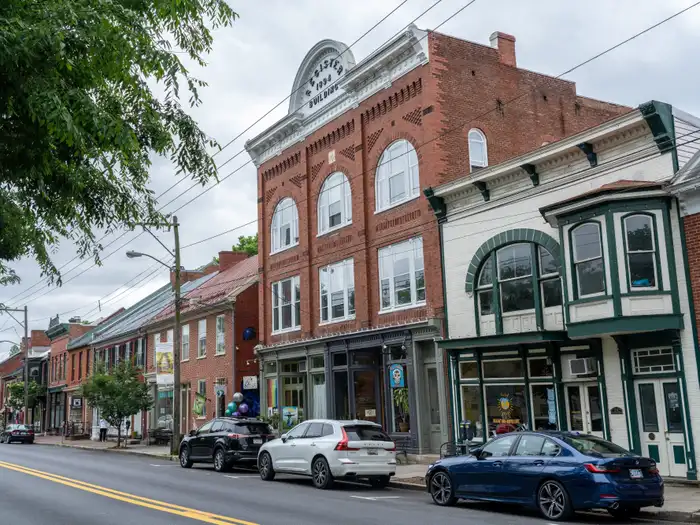
West Virginia was the lowest-ranked state for workplace environment.
West Virginia is the third unhappiest state in the US, receiving the worst work environment ranking.
The state received the worst economic security ranking from Sharecare, with the Census reporting an employment rate of just 51.7% — nearly 10% lower than the national rate. Also, workers face longer-than-average commute times and longer work hours, with the average commute being 27.7 minutes and workers spending a mean of 38.8 hours on the job weekly, with men working even more at 41.1 hours.
West Virginia also had one of the lowest rankings for emotional and physical well-being, tied with Oklahoma for the second-highest rate of adult depression at 26.9% and a life expectancy of just 72.8 years.
However, the state ranked in the top 10 states for community and environment. Lupo told B-17 the state ranked second overall for average leisure time spent per day, which contributed to its high ranking.
2.Arkansas
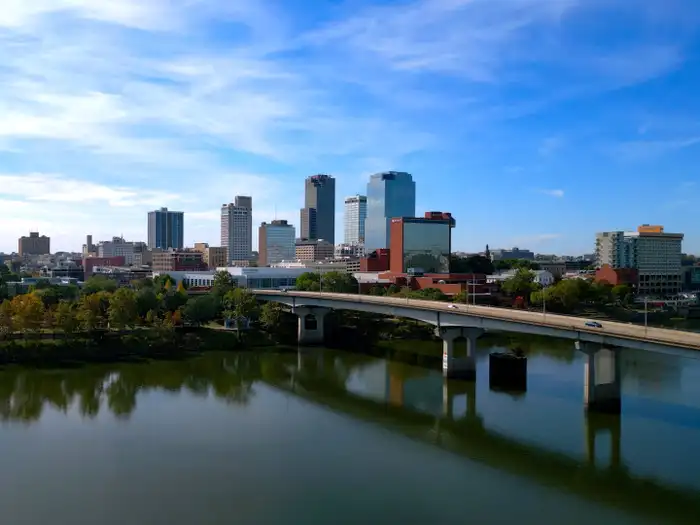
Arkansas is the worst-ranked state for emotional and physical well-being.
Arkansas received the worst ranking for emotional and physical well-being.
According to the 2022 BRFSS, 26.6% of adults reported being diagnosed with a depressive disorder, and the National Center for Health Statistics reported that life expectancy at birth is 73.8 years.
WalletHub also reported that residents in Arkansas have one of the worst sleep rates and sports participation rates.
The “Natural State” ranked in the bottom 10 for work environment, finishing 43rd with an employment rate of 56.1%. Workers also spend an average of 39.1 hours at their jobs weekly, with men working an even higher average of 41.1 hours.
Arkansas’ bright spot is its community and environment rank, which placed it in the middle of the pack at 25th overall.
1.Louisiana
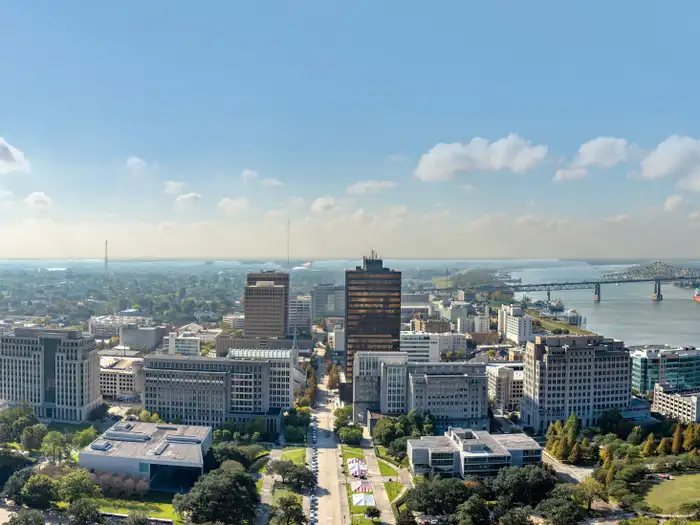
Louisiana was ranked the unhappiest state in the country.
Louisiana is the unhappiest state in the US, ranking second-to-last for emotional and physical well-being and work environment.
Just over 26% of adults reported being diagnosed with a depressive disorder, and the life expectancy is 73.1 years.
WalletHub also found that Louisiana has one of the worst adequate sleep rates and one of the longest working weeks.
Men in Louisiana work an average of 42.9 hours weekly, contributing to the overall state average of 39.8 hours worked weekly. The “Pelican State” has an employment rate of 55.9%, about 5% lower than the national rate of 60.6%.
Finally, the state ranked 40th for community and environment, with one of the highest shares of divorce — 12.7% of women and 10.5% of men — and the worst safety ranking from WalletHub.


